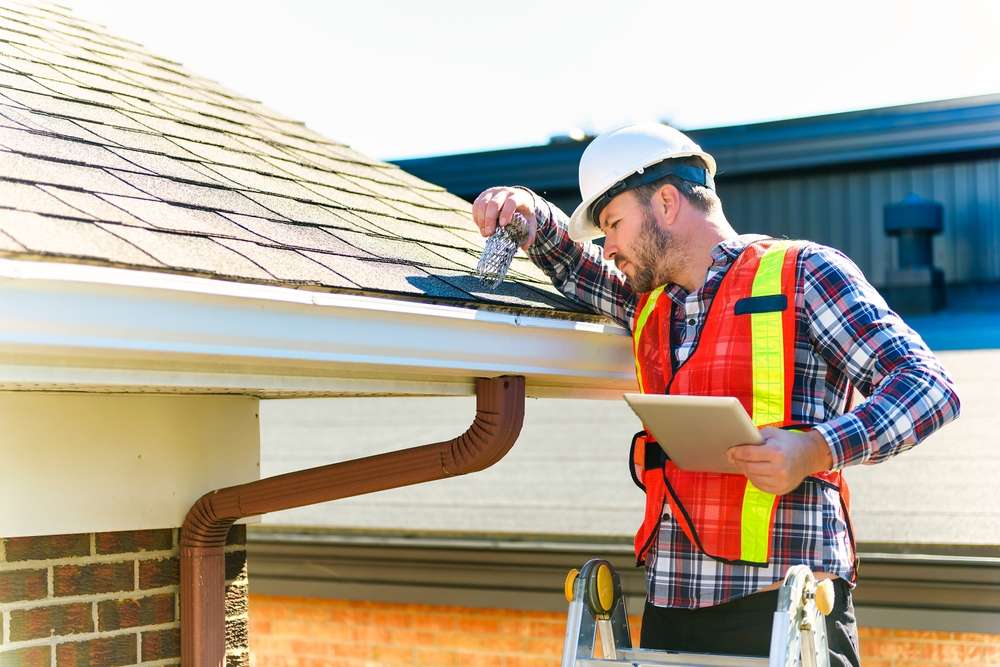How To Choose The Best Pest Control Company? Here's What To Look At First!
Pest control is essential for maintaining healthy and safe environments. Choosing the right company ensures effective methods against termites, rodents, and cockroaches, which are common in urban areas. Staff training and the use of safe products are key. Considerations such as experience, licenses, and customized plans guarantee effective and sustainable solutions.

What are the common household pests and how can you spot them?
Identifying the type of pest infestation is the first step in effective pest control. Common household pests include ants, cockroaches, rodents, termites, and bed bugs. Each of these pests leaves distinct signs of their presence:
Ants: Look for trails of ants marching in a line, often near food sources or entry points.
Cockroaches: These nocturnal pests leave behind dark droppings and a musty odor. You might spot them scurrying away when you turn on lights in dark areas.
Rodents: Signs include droppings, gnaw marks on wood or wires, and scratching noises in walls or attics.
Termites: Watch for mud tubes on exterior walls, hollow-sounding wood, or discarded wings near windows and doors.
Bed bugs: Check for small, reddish-brown bugs in mattress seams, and look for tiny blood spots on sheets.
What are the benefits of professional pest control?
While DIY methods can be tempting, professional pest control offers numerous advantages:
-
Expertise: Trained technicians can accurately identify pest species and their breeding patterns, ensuring targeted treatment.
-
Effective solutions: Professionals have access to commercial-grade products and equipment that are more potent than over-the-counter options.
-
Time and cost-efficiency: Regular professional treatments can prevent costly infestations and save time in the long run.
-
Safety: Experts know how to apply treatments safely, minimizing risks to humans and pets.
-
Customized approach: Professional services tailor their strategies to your specific pest problems and property layout.
What preventative tips can keep pests away?
Prevention is key to long-term pest control. Here are some effective strategies:
-
Seal entry points: Inspect your home for cracks and gaps, sealing them to prevent pest entry.
-
Maintain cleanliness: Regular cleaning, especially in kitchen and dining areas, removes food sources that attract pests.
-
Proper food storage: Use airtight containers for pantry items and pet food.
-
Manage moisture: Fix leaks and ensure proper ventilation to reduce humidity, which attracts many pests.
-
Landscaping: Keep trees and shrubs trimmed away from your home to limit pest access.
-
Regular inspections: Conduct periodic checks of your property to catch infestations early.
What are safe and eco-friendly pest removal methods?
As environmental concerns grow, many homeowners seek eco-friendly pest control options. Look for companies that offer:
-
Integrated Pest Management (IPM): This approach focuses on prevention and uses chemicals only as a last resort.
-
Botanical pesticides: Derived from plants, these are often less toxic than synthetic alternatives.
-
Mechanical controls: Traps, barriers, and physical removal methods that don’t rely on chemicals.
-
Biological controls: Using natural predators or parasites to manage pest populations.
-
Heat treatments: For certain pests like bed bugs, high temperatures can be an effective, chemical-free solution.
What signs indicate you may have a pest infestation?
Recognizing the early signs of an infestation can prevent major problems. Watch out for:
-
Unusual noises: Scratching or scurrying sounds in walls or attics.
-
Visible damage: Chewed wood, fabrics, or wires.
-
Droppings: Small pellets or dark stains in corners or along baseboards.
-
Odd odors: Musty or ammonia-like smells can indicate pest presence.
-
Nests: Piles of shredded materials in hidden areas.
-
Unexplained health issues: Increased allergies or respiratory problems could be due to pest presence.
How do you compare pest control companies and their costs?
When selecting a pest control company, it’s essential to compare services and costs. Here’s a comparison of some leading pest control providers:
| Provider | Services Offered | Average Cost (Annual Contract) |
|---|---|---|
| Orkin | General pest control, termite treatment, bed bug control | $400 - $600 |
| Terminix | Pest control, termite protection, mosquito control | $450 - $700 |
| Ehrlich | Residential and commercial pest control, bird control | $350 - $550 |
| Aptive Environmental | Customized pest control plans, eco-friendly options | $500 - $700 |
| Rentokil | Integrated pest management, fumigation services | $400 - $650 |
Prices, rates, or cost estimates mentioned in this article are based on the latest available information but may change over time. Independent research is advised before making financial decisions.
When comparing companies, consider factors beyond just cost. Look at their experience, certifications, and customer reviews. Ask about their treatment methods, guarantee policies, and frequency of visits. A slightly higher cost might be worthwhile for a company that offers more comprehensive or eco-friendly services.
In conclusion, choosing the right pest control company involves careful consideration of various factors. By understanding common pests, recognizing the benefits of professional services, implementing preventative measures, and comparing different providers, you can make an informed decision that ensures a pest-free environment for your home or business. Remember, effective pest control is an investment in your property’s health and value.




